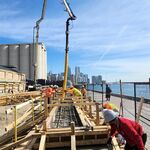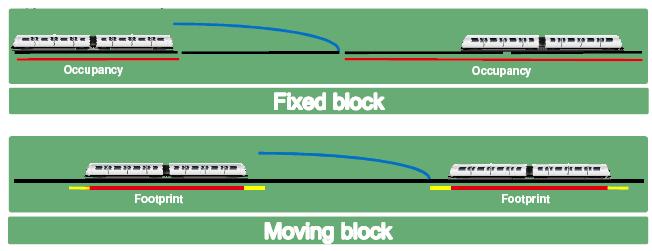steveintoronto
Superstar
I suspect the present DD level to floor with provision to take even higher later. Certainly those platforms when they come into service are set-aside for present stock.Agree, but this is the part that vexed me: "
These new approaches will first be tried on a new southern platform at Union"
What is the timeline for the south platform? what exactly does that mean? Level with old or new rolling stock?
I can state with assurance that VIA are also involved in discussions and examinations of even their platforms and dwell time/efficiency. VIA will be relieved to know something they've been maintaining for some time: That there are more than adequate slots and platforms per demand. What's going to be shocking for many is that Verster's now the first in ML command to state that. It's been observed by some experts that Union Station is a massive waste of potential in terms of space per numbers of passengers throughput. I defer to @Urban Sky to make the comparison with some of the German stations, and if I remember correctly, the magic of the comparison is in signalling and control, but even there, Verster's claims now go far beyond what ML was having us believe their "new signalling system" would yield.
I think we can presume the "need for a relief station for Union" could be/is no longer the case. Verster has a lot of details to fill-in, and I and many of you are 'all ears'. That (those?) platform is a very easy and immediate way to start 'the change' happening on all of this.
And for the low level platforms, but at DD door height, one has to wonder....what took them so long? Many US users of the same cars have had level boarding for them for years.
I'm now avid to read more of what Verster has to say, he's been keeping his ammunition dry until now. But he's finally drawn his weapon...I still can't fully believe what I read.
I'm going to mention @mdrejhon so he gets notification to join us here. Since he and @interchange42 linked this in two other strings, it would be good to coalesce or at least be aware of posts elsewhere in the forum on this topic.
Last edited:











